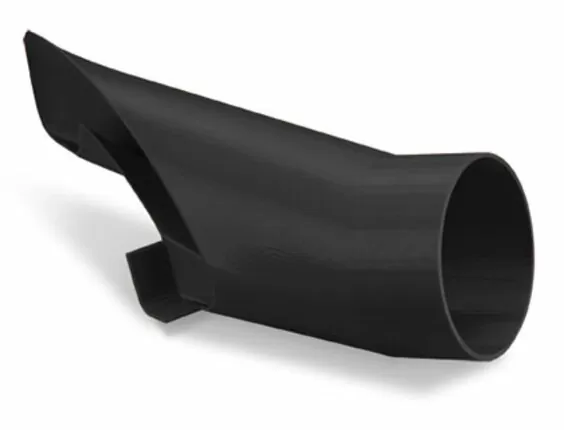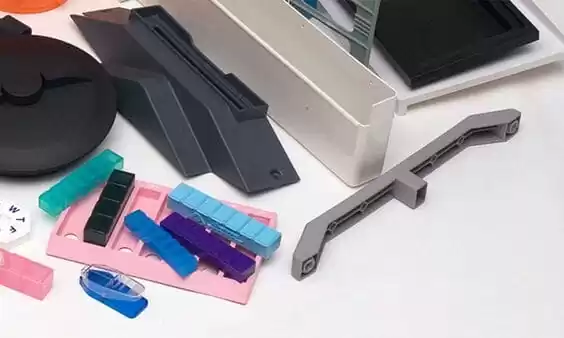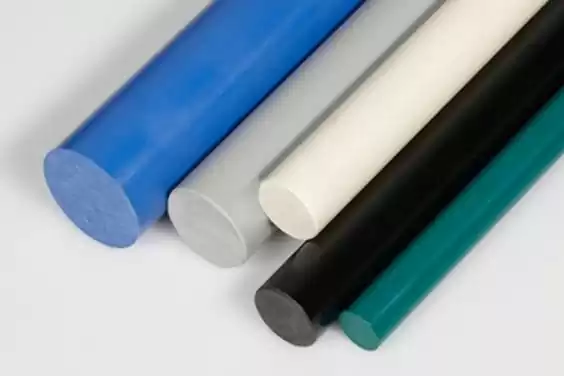Introduction:
As companies compete to remain efficient and improve efficiency in a highly-competitive manufacturing landscape, companies are continually searching for ways to reduce waste and enhance customer satisfaction. A method that has gained significant traction is lean manufacturing – an approach focused on eliminating wasteful processes while optimizing processes to create value for customers.Adopting lean principles have become popular across various industries but their application in injection molding may reap specific rewards. In this article, we’ll examine both their definition and significance within injection molding contexts.

II. Strategies for Implementing Lean Manufacturing in Injection Molding
A. Identifying and Eliminating Waste
1.Key types of waste in injection molding processes:
Overproduction: Producing more parts than necessary or before they are needed.
Excess Inventory: Holding excessive inventory of raw materials, components, or finished products.
Defects: Manufacturing parts that do not meet quality standards, resulting in rework or scrap.
Waiting Time: Idle time during the production process due to machine downtime, tool changeovers, or material shortages.
Unnecessary Motion: Excessive movement of personnel or equipment that does not add value.
Transportation: Unnecessary movement of materials or parts between different areas of the production floor.

2.Techniques for waste identification and elimination:
Value Stream Mapping: Mapping the entire injection molding process to identify areas of waste and opportunities for improvement.
Gemba Walks: Direct observation of the production floor to identify inefficiencies, bottlenecks, and sources of waste.slow production lines
5S Methodology: Sort, Set in Order, Shine, Standardize, and Sustain. This method focuses on organizing the workplace for efficiency and waste reduction.
Kaizen Events: Collaborative improvement workshops that involve cross-functional teams in identifying and addressing waste in specific areas.

B. Optimizing Production Flow
1.Designing efficient layouts and work cells:
Analyze the current layout of the injection molding facility to minimize material movement and streamline the production flow.
Group machines and equipment together based on process requirements to minimize unnecessary movement.
Implement cellular lean manufacturing processes by creating work cells that allow for a smooth and efficient flow of materials and processes.

2.Streamlining material handling and minimizing bottlenecks:
Use visual management tools, such as Kanban systems or electronic signage, to ensure smooth material flow and avoid stockouts.
Standardize material handling procedures to minimize errors and delays.
Optimize machine setup and changeover times to reduce downtime and increase production efficiency.
C. Implementing Just-In-Time (JIT) Manufacturing
1.Adopting JIT practices for inventory management:
Minimize inventory levels by the manufacturing line, producing parts only as needed to meet customer demand.
Use pull systems, such as Kanban cards or electronic signals, to replenish materials based on actual consumption.
Continuously monitor and adjust production schedules to match customer demand and avoid overproduction.

2.Collaborating with suppliers to support JIT principles:
Establish strong relationships with suppliers to ensure timely delivery of materials and components.
Share production forecasts and demand information with suppliers to enable better planning and coordination.
Implement vendor-managed inventory (VMI) or consignment arrangements to reduce the need for on-site inventory storage.
By implementing these strategies, injection molding companies can effectively implement the lean manufacturing process principles, reduce waste, and optimize production flow. These steps contribute to improved efficiency, cost savings, and overall competitiveness in the industry.

III.Steps to Implement Lean Manufacturing in Injection Molding
A. Assessing the current state of injection molding operations:
1.Conduct a comprehensive evaluation of the existing injection molding processes and practices.
2.Identify areas of production inefficiency, waste, inefficiency, and opportunities for improvement.
3.Analyze key performance indicators (KPIs) such as cycle time, scrap rate, and on-time delivery to understand the current state of manufacturing operations here.

B. Developing an action plan for lean implementation:
- Set clear goals and objectives for lean implementation, aligning them with overall business objectives.
- Prioritize areas of improvement based on their impact on waste reduction, efficiency gains, and customer satisfaction.
- Define specific improvement projects, timelines, and resource requirements for each area.
- Establish key performance metrics to measure the progress and success of lean implementation.
C. Training employees and fostering a culture of continuous improvement:
- Provide training and education on lean manufacturing principles and techniques for all employees involved in the injection molding process.
- Ensure that employees understand the concepts of waste identification, problem-solving, and continuous improvement.
- Encourage employee involvement and empower them to contribute ideas and suggestions for process improvement.
- Establish regular communication channels to foster an open and collaborative environment for sharing best practices and lessons learned.

D. Implementing improvement projects and lean techniques:
- Start with small-scale improvement projects to demonstrate the benefits of lean manufacturing.
- Implement lean techniques such as 5S, standardized work, and visual management to create a foundation for lean principles.
- Apply value stream mapping to identify and eliminate waste across the entire injection molding process.
- Implement just-in-time (JIT) practices to optimize inventory levels and production scheduling.

E. Monitoring and sustaining lean practices:
- Establish regular monitoring and review mechanisms to track the progress of lean implementation initiatives.
- Conduct periodic audits to ensure adherence to lean principles and identify any deviations or areas for improvement.
- Continuously engage employees in problem-solving and process improvement activities.
- Celebrate successes and recognize employees’ contributions to foster motivation and sustain the lean culture.
By following these steps, injection molding companies can effectively implement lean manufacturing principles and transform their operations. The focus on assessment, planning, training, implementation, and continuous improvement ensures a systematic and sustainable approach to a lean manufacturing program and implementation, leading to improved efficiency, waste reduction, and customer satisfaction.

conclusion
In conclusion, adopting lean manufacturing principles in injection molding is a strategic decision that can yield significant benefits. Improved efficiency, waste reduction, and enhanced customer satisfaction are just some of the advantages that companies can achieve through the implementation of lean principles. By committing to continuous improvement benefits lean manufacturing principles and fostering a lean culture, injection molding companies can stay competitive, increase profitability, and deliver exceptional value to their customers. Embrace lean principles and unlock the potential for improved efficiency and success in the dynamic world of injection molding.






